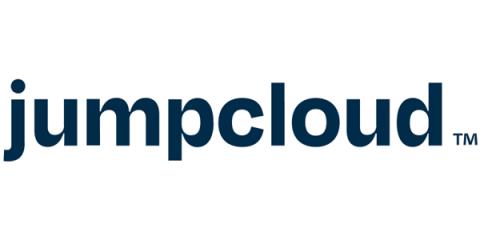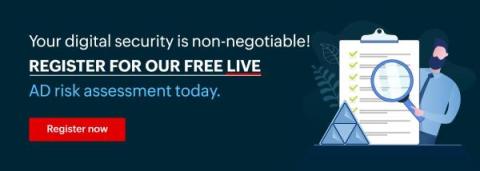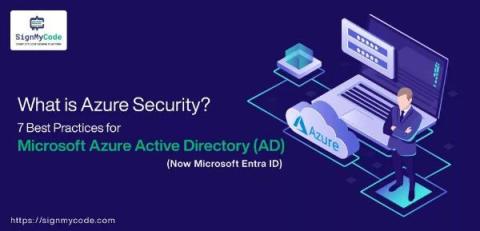Why Nested Groups Don't Exist in the Cloud
Every Active Directory (AD) admin is familiar with nested groups. Rights are assigned to objects by virtue of their location in the tree; that’s just how things work. It’s convenient and makes entitlement management easier… until you consider its lack of maturity for identity governance. What once worked well now increases security risks and management overhead. Cloud directories have the benefit of shedding that type of technical debt.











